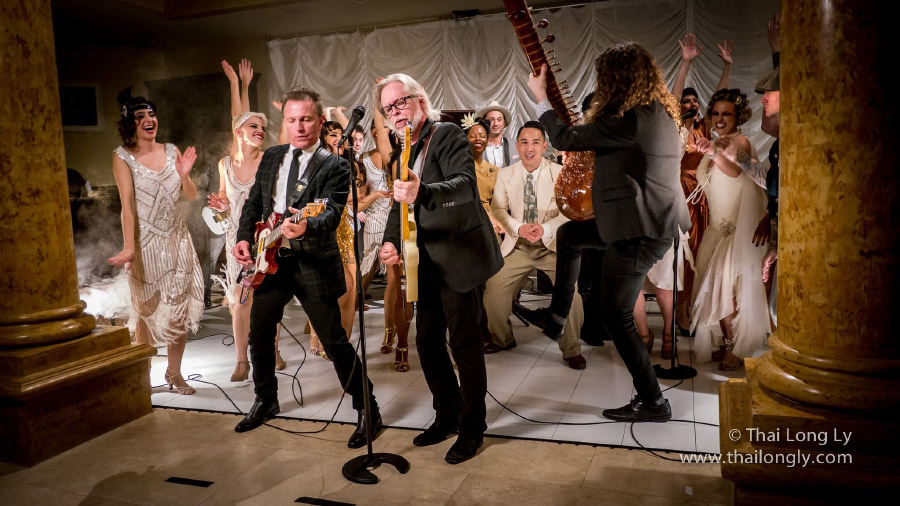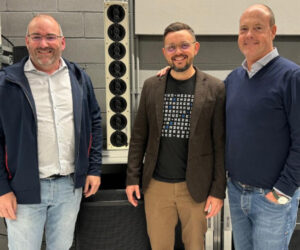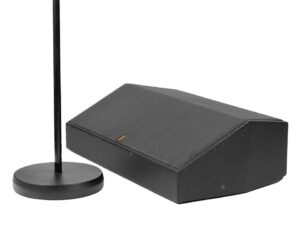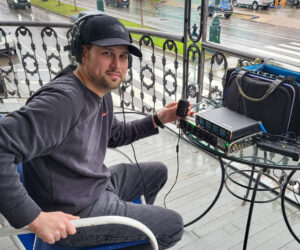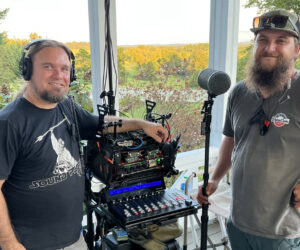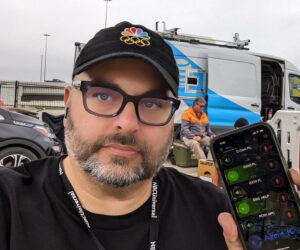PostmodernJukebox (PMJ), created by pianist Scott Bradlee working with musically inclined friends in the early days of viral videos that’s now grown to more than five million YouTube subscribers, relies on a large collection of microphones from DPA.
“I have always loved these really old styles of music, like ragtime and swing, so I started putting together different experiments, which I posted on YouTube,” Bradlee explains. “At that time, in 2011, YouTube wasn’t a place for professional musicians to post content, but I was intrigued by it. At first, it was a fun way to experiment and create a business card — a destination for people to discover me.”
One of the first music mixes he posted was a variety of hits from the 1980s, from iconic groups such as Bon Jovi, Rick Astley and Journey, but instead of covering the songs as they were, he set them to ragtime-style piano playing and it went viral. “I realized then that we had something special,” he says. “I didn’t know what it is was at the time, but it was the first time I was ever able to connect with an audience and generate conversations about my work.”

As the YouTube page grew in success, Bradlee recognized a growing need to have quality audio equipment that would help provide the clarity and performance necessary to ensure that PMJ’s performances were heard as they were intended. Often, the PMJ musicians will record live, together in the same room, to help capture the authenticity of the era they are recreating.
“Musicians used to do that back in the Motown and jazz eras, but it has kind of fallen by the wayside,” Bradlee notes. “Most of the time, when you go to a modern recording session, everybody’s isolated in different rooms. There’s more tracking and it’s a more controlled environment. We do the opposite.”
PMJ has been using a combination of DPA equipment since 2019, on selection by PMJ recording and mix engineer Thai Long Ly. He typically deploys pairs of the 4099 instrument mics (of which PMJ has eight) and 4041 omnidirectional large diaphragm mics, as well as the 2028 and d:facto 4018VL vocal mics as its main staples. The team also utilizes 4011 cardioid, 4006 omnidirectional, 2011 twin diaphragm cardioid, 4015 wide cardioid and 4018 supercardioid mics.

“I remember one of the first shoots we used DPA on, Thai came in and was so excited about the microphones,” Bradlee says. “He said they were ‘the most amazing, top-of-the-food-chain microphones.’ When we listened back, it was the most crystal clear, defined sound; it really portrayed every instrument. It captured the performance, the way it actually happened, as if you were there.”
Ly adds that one of the big challenges for recording PMJ’s music videos, aside from just the acoustic challenges, is the visual aspect. “It’s not necessarily even the cables that are the visual problem, but really more the mic stands and then the cables coming off the mic stands,” he explains. “When you have a lot of performers with stand microphones for each, you eat into the visual real estate, which makes the video shoot challenging in terms of blocking some camera angles. The fact that DPA provides small-form solutions that I can tuck into places and hide behind things is amazing.”


